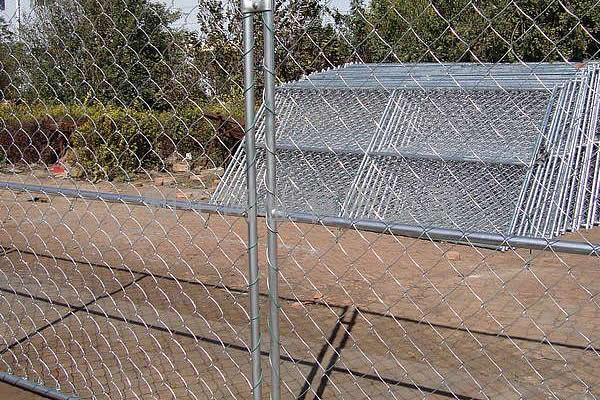 TEL:
+86-13102802206
TEL:
+86-13102802206
 Email:
fencenetting@china.com
Email:
fencenetting@china.com
 Language
Language
 TEL:
+86-13102802206
TEL:
+86-13102802206
 Email:
fencenetting@china.com
Email:
fencenetting@china.com
 Language
Language


The Role of Wire Mesh in Rock Wall Construction
In the realm of civil engineering and construction, the principles of stability and durability are of utmost importance, especially when it comes to building structures on rocky terrain. One of the essential components in ensuring the integrity of rock walls is the use of wire mesh. This article explores the various applications, advantages, and considerations of using wire mesh in rock wall construction.
Wire mesh is a fabricated material consisting of interconnected strands of metal wire. It can be made from various metals, including steel, stainless steel, and galvanized wire, which impart different properties to the mesh. The choice of material often depends on the specific environmental conditions and the intended purpose of the rock wall.
Applications of Wire Mesh in Rock Walls
1. Stabilization of Slopes One of the primary applications of wire mesh is in the stabilization of slopes. When used on rock walls, wire mesh helps to prevent soil and rock from sliding or collapsing by providing an additional layer of support. This is especially important in areas prone to erosion and landslides, where the integrity of the structure is often compromised.
2. Facilitation of Vegetation Growth Wire mesh is often used to create a suitable environment for vegetation growth on rock surfaces. By securing soil in place and providing a framework for plants to root, wire mesh promotes the establishment of vegetation on steep rock faces. This not only enhances the aesthetic appeal of rock walls but also contributes to ecological balance by preventing erosion and fostering biodiversity.
3. Reinforcement for Concrete Systems In combination with concrete, wire mesh serves as reinforcement that improves the tensile strength of rock walls. When embedded in concrete, it helps distribute loads and prevents cracking, leading to a more durable structure. This is crucial in applications such as retaining walls, where uneven pressure from soil and water can lead to structural failure.
Advantages of Wire Mesh

1. Durability Wire mesh, especially when treated for corrosion resistance, exhibits exceptional durability. This is vital in harsh environmental conditions where moisture, temperature fluctuations, and chemical exposure can affect other materials.
2. Cost-Effectiveness Compared to other reinforcement methods, wire mesh is relatively affordable. Its low material cost, coupled with reduced labor requirements during installation, makes it an economical choice for contractors and project managers.
3. Flexibility and Versatility Wire mesh can be easily cut and adapted to fit various forms and sizes, making it suitable for an array of construction projects. Whether it's a steep hillside or a subtle incline, wire mesh can be molded to meet design specifications.
Considerations When Using Wire Mesh
While wire mesh offers numerous benefits, certain considerations should be taken into account. The spacing of the mesh, the thickness of the wire, and the gauge are crucial factors that influence the performance and effectiveness of the reinforcement. Engineers must conduct thorough assessments to determine the right specifications based on soil type, slope angle, and potential stressors affecting the wall.
Moreover, the installation process must be carried out with precision to ensure optimal performance. Any flaws in the placement or anchoring of wire mesh can undermine the stability of the entire wall, leading to costly repairs down the line.
Conclusion
In conclusion, wire mesh plays a vital role in the construction and maintenance of rock walls. Its ability to stabilize slopes, facilitate vegetation growth, and reinforce concrete structures makes it an invaluable asset in civil engineering projects. By carefully considering material choice, design specifications, and installation practices, engineers and architects can leverage the advantages of wire mesh to create robust and aesthetically pleasing rock walls that stand the test of time. As the demand for sustainable and resilient construction continues to grow, the use of wire mesh will undoubtedly remain a crucial element in the toolkit of modern engineers.